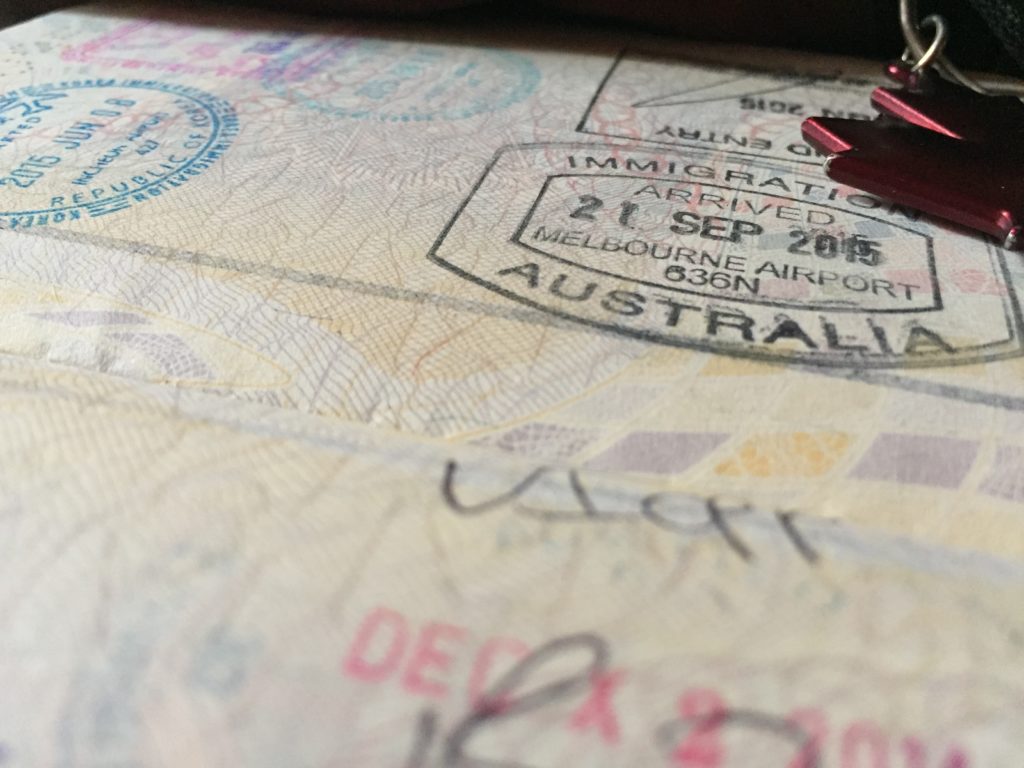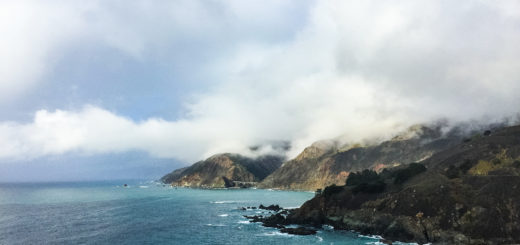How to get a visa to work and live abroad?
First and foremost, visas are the gnarliest thing someone who travels often or lives abroad has to face. They can be hard to get, expensive and their policies can change on a dime.Each country has numerous kinds of visas and they serve for many different purposes, there are student, work, immigration, working holiday visas and many others. Having in mind what’s the purpose of your move abroad is key.

Student Visa
Student visas can be obtained for studying english or other languages abroad, going to university and in some countries when you’re on a student visa you’re also allowed to work, depending on the country you do have limitations such as only being allowed to work for 20 hours per week like in Australia and Canada, failure to comply to these results could result in the loss of the visa and an exclusion order. The first thing to getting a student visa is contacting the institution you wish to attend abroad and getting registered so you can get an acceptance letter which is mandatory to apply for your visa with your country of choice. This visa can lead to a temporary work permit or permanent resident visa if you can find a job that would sponsor you to stay. Those sponsorship visas are rather hard to get since a company needs to show the federal government that they can’t find any citizen or permanent to do the job they want to hire you for.
Work Visa
This is the visa you get to exclusively work, which is usually temporary. Getting a work visa is also hard to get, in most countries you need the company you plan to work for to petition for you before the federal government, and try to prove they can’t find any citizen or permanent resident to do the job. The downside of this visa is that in most countries like Canada, Australia, New Zealand and the States you can only work for the same company that sponsored your visa, so you’re basically tied to that job wether you like it or not. Therefore if you lose your job you can’t work anywhere else and have to leave the country, unless you can find another visa to keep your legal status.
Immigrant Visa
This is probably the most desired visa for many, also known as the green card in the US, not only it lets you work and study but it also even gives you some perks citizens of a country have and it never expires, you’re considered a permanent resident and it’s your free pass to have your life for as long as you’d like in that foreign country. It does have a few conditions to be aware of though such as absence time, which means if you stay too long outside of the country you have this immigrant visa with you might lose it. Countries like Canada and the US only let their permanent residents stay absent from the country for 6 months, anything above that can land you in hot waters. Countries such as Canada, Australia, New Zealand have skilled worker programs to attract skilled workers to apply to immigrate, that’s a way of immigrating, by having plenty of experience and qualification on a field that’s in high demand in a certain country. Or marriage, that works too and you can get your visa even faster, good luck finding your other half in a foreign land.
 Working Holiday Visa
Working Holiday Visa
This is in my opinion the easiest visa to get (depending what’s your nationality) so I’ll talk more on this one particular visa.
The working holiday visa is the best visa for backpackers, it lets you travel and work anywhere and for any employer inside a country for usually one year. These are the countries that are on the working holiday visa program:
- Andorra
- Argentina
- Australia
- Austria
- Bangladesh
- Belgium
- Brazil
- Canada
- Chile
- Colombia
- Costa Rica
- Croatia
- Cyprus
- Czech Republic
- Denmark
- Estonia
- Finland
- France
- Germany
- Greece
- Hong Kong
- Hungary
- Iceland
- Indonesia
- Ireland
- Israel
- Italy
- Japan
- Latvia
- Lithuania
- Malaysia
- Malta
- Mexico
- Monaco
- Netherlands
- New Zealand
- Norway
- Peru
- Philippines
- Poland
- Portugal
- Romania
- Russia
- Singapore
- Slovakia
- Slovenia
- South Africa
- South Korea
- Spain
- Sweden
- Switzerland
- Taiwan
- Thailand
- Turkey
- Ukraine
- United Kingdom
- United States
- Uruguay
- Vietnam
That doesn’t mean that being from any of those countries allows you to get a working holiday visa to any of the other countries part of the program. Even though most countries have reciprocal agreements with each other there’s not much of a pattern, for instance a French national – as of this date – can apply for a 4-month working holiday visa for Russia although Russian citizens can’t apply for any working holiday visa in any country, which I think it is pretty unfair. Also with the Queen’s Commonwealth Canadians, British, Australians and New Zealanders usually are eligible to apply for a 2-year working holiday visa when doing the working holiday visa.
All in all European passport holders have way more option of countries they can choose from, whereas South Americans have the the least. Policies for the working holiday visa change often so researching before hand if your country is eligible to apply for a working holiday visa is important. Not to mention some countries have caps for those visas per year.
As of now New Zealand is the country that has the most reciprocal agreements with other countries which means many foreigners can apply for the working holiday visa in New Zealand. The full list of countries is at https://www.immigration.govt.nz/new-zealand-visas/options/work/thinking-about-coming-to-new-zealand-to-work/working-holiday-visa.
This working holiday visa can also lead to a work visa in many countries, but like the work visa you still need to be sponsored by a company.
I didn’t use to travel much but once I started, I just can’t stop travelling. On Can I Pack? I try to share how I make my travels work out because travelling shouldn’t be hard.




